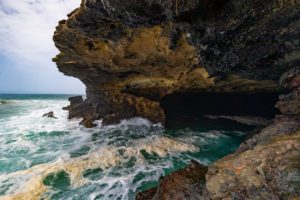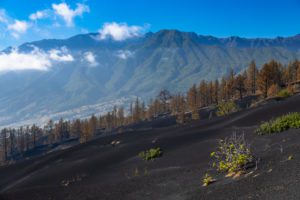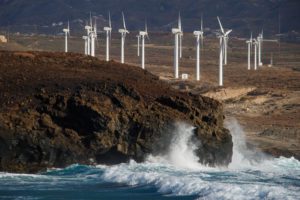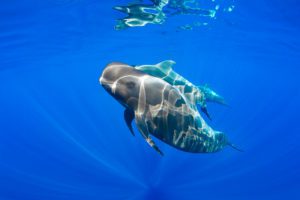
Nestled in the Atlantic Ocean, lie the stunning Canary Islands. This archipelago is not only known for its breathtaking landscapes and year-round pleasant climate but also for its commitment to environmental preservation. The Canary Islands boast a unique ecosystem that has been recognized by UNESCO, with several Biosphere Reserves spread across the islands. Moreover, sustainable practices are embraced throughout the region, ensuring the long-term protection of its natural resources. With pristine beaches and azure oceans, the Canary Islands offer a paradise for nature lovers and conservation enthusiasts alike.
The Canary Islands are home to three UNESCO Biosphere Reserves: Lanzarote, Fuerteventura, and La Palma. These reserves have been established to promote sustainable development while preserving the islands’ exceptional ecological diversity. Lanzarote, the first island to be declared a Biosphere Reserve, showcases the harmonious coexistence between humans and nature. Its unique volcanic landscape, formed by past eruptions, provides a stunning backdrop to the island’s rich biodiversity. Visitors can explore the Timanfaya National Park, where they can witness the raw power of the earth and learn about the island’s geothermal energy projects.

Fuerteventura, known for its endless sandy beaches and crystal-clear waters, is another Biosphere Reserve in the Canary Islands. Its diverse ecosystems, including dunes, wetlands, and marine habitats, are home to a wide array of plant and animal species. The island’s commitment to sustainability is exemplified by its focus on renewable energy, with wind farms harnessing the strong Atlantic winds. Additionally, Fuerteventura actively engages in the conservation of marine life, with designated protected areas to safeguard the delicate balance of its oceans.

La Palma, often referred to as “La Isla Bonita” (The Beautiful Island), is the third UNESCO Biosphere Reserve in the Canary Islands. Known for its lush forests, volcanic craters, and astronomical observatories, La Palma is a haven for nature enthusiasts and stargazers. The island’s commitment to preserving its dark skies has led to the implementation of measures to minimize light pollution, ensuring optimal conditions for scientific research and maintaining its natural beauty. La Palma also boasts sustainable agriculture practices, with organic farming and local produce contributing to its vibrant culinary scene.

Sustainability lies at the core of the Canary Islands’ environmental initiatives. The region actively promotes renewable energy, with a particular focus on wind and solar power. Wind farms, such as those found in Tenerife and Gran Canaria, harness the abundant wind resources, reducing reliance on fossil fuels. The islands’ commitment to renewable energy is further highlighted by the El Hierro Island, which has become the world’s first island to be fully powered by wind and hydro energy. This pioneering project not only sets an example for sustainable energy practices but also demonstrates the islands’ dedication to mitigating climate change.
Moreover, the Canary Islands are committed to waste management and recycling programs. The archipelago places a strong emphasis on reducing plastic waste and promoting responsible consumption. Local initiatives raise awareness about the impact of single-use plastics on the marine ecosystem and encourage businesses to adopt eco-friendly practices. Many hotels and accommodations in the Canary Islands have implemented sustainable measures, such as water-saving initiatives, energy-efficient systems, and responsible waste disposal, to ensure a minimal ecological footprint.

The Canary Islands’ pristine beaches and mesmerizing oceans are not only a feast for the eyes but also home to a rich array of wildlife. The crystal-clear waters surrounding the islands teem with vibrant marine life, making it a paradise for divers and snorkelers. In these azure depths, one can encounter magnificent creatures such as dolphins, whales, and turtles. The Canary Islands are an important migratory route for various whale species, including the majestic blue whale. Bottlenose dolphins can be spotted frolicking in the waves, while loggerhead turtles gracefully navigate the ocean currents. The islands’ commitment to marine conservation ensures the protection of these remarkable creatures and their habitats, allowing visitors to witness the wonders of nature in its purest form.

